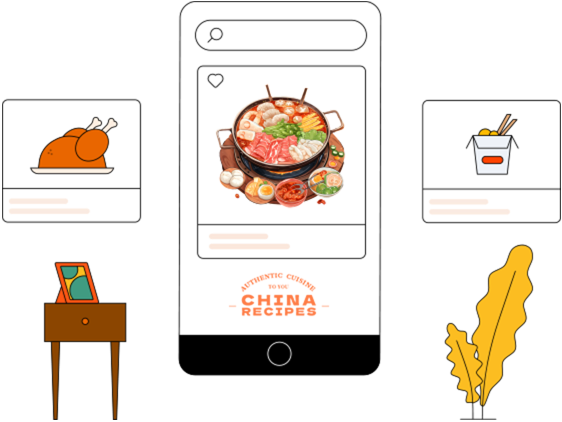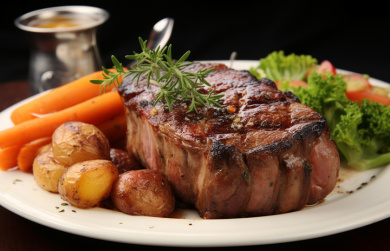Can You Safely Put Ceramic in the Oven? Tips and Considerations
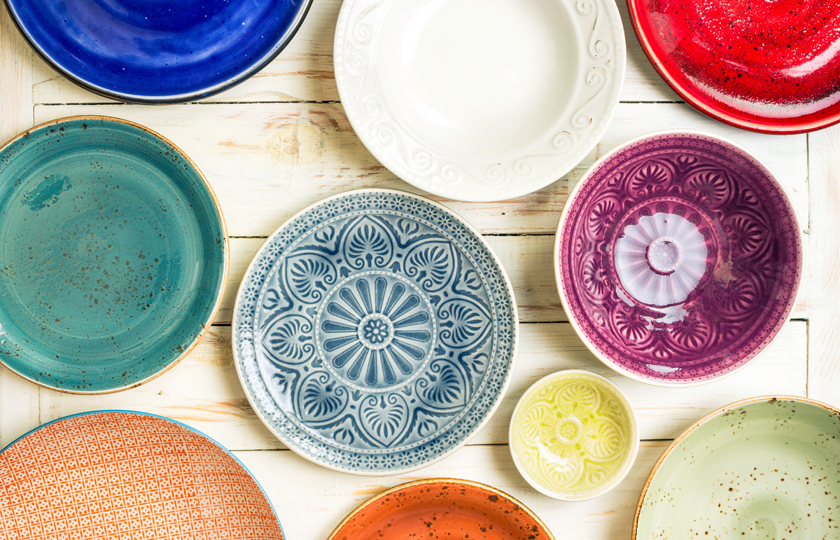
A lot of friends have asked me whether ceramics can be placed in the oven, and today I’m finally answering that question! Be sure to save this post! Key reminder: not all ceramics can go in the oven! Always check these important points first!
Can ceramics be placed in the oven?
Plain ceramics that don’t have metal decorations can generally be placed in the oven. Here’s why:
1. Material properties of ceramics:
Ceramics are inorganic non-metallic materials, primarily made from natural minerals or synthetic compounds that are shaped and fired at high temperatures. They have high hardness, good corrosion resistance, and can withstand high temperatures.
2.How ovens work:
Ovens generate heat through heating elements (like electric coils or heating tubes) to raise the temperature inside. Food is heated in the oven to reach the desired cooking or baking temperature.
3. Suitability of ceramics in the oven:
Because ceramics can withstand high temperatures and are not easily deformed or melted, they are generally considered safe for oven use.
As long as your dish is labeled as oven-safe, you can safely place it in the oven. However, be cautious with ceramics that are glazed or have metal decorations, as they may release harmful substances or change color at high temperatures.
Is it safe to use ceramics in the oven?
Yes, it is generally safe to use ceramics in the oven. However, to ensure safe and effective use, keep these basic points in mind:
1. Temperature limits:
Before placing ceramics in the oven, always check the manufacturer’s instructions for the temperature limits. While many ceramics can handle temperatures up to 500°F or higher, it’s essential to verify the recommended temperature range for your specific piece.
2. Avoid thermal shock:
Ceramics are sensitive to thermal shock, meaning they can crack when exposed to sudden temperature changes. To prevent cracking or breakage, avoid placing cold ceramics directly into a preheated oven or exposing them to extreme temperature fluctuations.
3. Proper placement in the oven:
When using ceramics in the oven, avoid placing them directly on the oven rack or letting them touch the heating elements. Instead, place them on a stable baking tray or another oven-safe surface to ensure even heating and minimize the risk of damage.
Why Do Some Ceramic Bowls Break in the Oven?
1. Sudden Temperature Change:
Ceramics are very sensitive to temperature fluctuations. If you place a cold ceramic bowl directly into a hot oven, or immediately expose it to cold water after removing it from a hot oven, the ceramic may crack due to uneven expansion or contraction. This temperature difference is called “thermal shock.”
2. Ceramic Material Not Suitable for High Heat:
Not all ceramics can withstand high temperatures. Some ceramic bowls may not be able to handle the high heat in the oven, causing the material to weaken and break, especially if they are of low quality or not labeled as "oven-safe."
3. Internal Defects or Cracks:
If a ceramic bowl has tiny cracks or defects inside, these flaws make it more prone to breaking under high temperatures. As the temperature rises, the pressure around the cracks may cause them to rupture.
4. Glaze Issues:
Some ceramic bowls are coated with glaze, which may expand or contract unevenly under high temperatures, causing the bowl to crack.
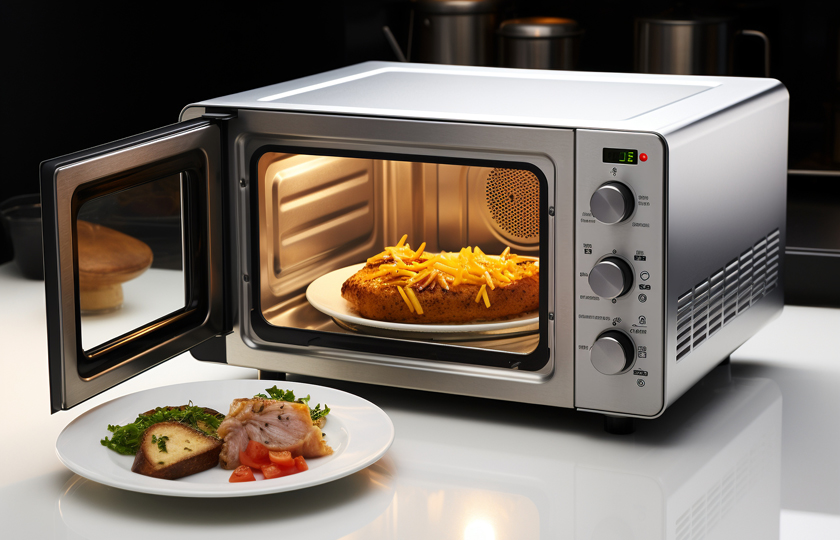
How to Prevent Ceramic Bowls from Breaking?
- Make sure to use ceramic bowls that are labeled as “oven-safe.”
- Avoid placing ceramics directly from a cold environment into a hot oven or exposing them to cold water right after removing them from the oven.
- Check the ceramic for cracks or defects.
- Choose high-temperature-resistant ceramics (such as heat-resistant ceramics).
Tips for Using Ceramic Plates or Dishes in the Oven
1. Check the Manufacturer’s Guidelines:
Before using ceramic plates or dishes in the oven, always refer to the manufacturer’s instructions for specific temperature limits and safety recommendations.
2. Avoid Sudden Temperature Changes:
To prevent thermal shock and potential cracking, do not place cold ceramic dishes directly into a hot oven or expose them to sudden temperature changes.
3.Preheat the Oven:
Make sure the oven is preheated to the desired temperature before placing ceramic dishes inside. Preheating helps ensure consistent heat distribution for even cooking.
4. Use Oven Mitts or Heat Pads:
Always use oven mitts or heat pads when handling hot ceramic dishes or removing them from the oven to protect your hands from burns or injuries.
5. Allow Cooling Time:
After baking or cooking, let the ceramic dishes cool gradually before placing them on cold surfaces or exposing them to water. This gradual cooling process helps prevent thermal stress and potential damage.
6. Avoid Direct Contact with Heating Elements:
When placing ceramic dishes in the oven, avoid placing them directly on the oven rack or letting them touch heating elements. Instead, use a baking tray or oven-safe surface to ensure even heating and minimize the risk of damage.
What You Can Put in the Oven
1. Baking Sheets and Bakeware:
Most stainless steel, aluminum, or coated bakeware can be placed in the oven as long as they are labeled “oven-safe.”
2. Ceramics:
Many ceramic items (such as bowls, baking dishes, etc.) can be used in the oven, provided they are labeled “oven-safe.” Avoid sudden temperature changes.
3. Glass Containers:
Heat-resistant glass (like Pyrex) can generally be safely used in the oven but should not be exposed to direct flame or extreme temperatures.
4. Cast Iron (e.g., Cast Iron Skillets):
Cast iron cookware can go in the oven, as it is heat-resistant and ideal for even heat distribution.
5. Stainless Steel:
Most stainless steel cookware and utensils are oven-safe, but check for plastic or wooden handles, as these parts are typically not suitable for oven use.
6. Silicone:
Silicone bakeware and baking mats are oven-safe, but ensure they are labeled heat-resistant.
7. Parchment Paper and Baking Mats:
These can be placed in the oven to help prevent food from sticking and reduce cleanup.
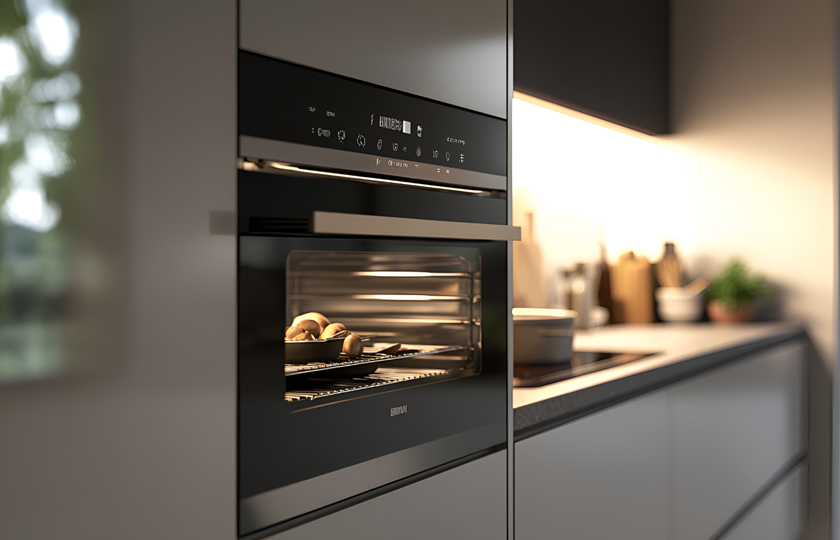
What You Should Not Put in the Oven
1. Plastic:
Unless labeled “oven-safe,” plastic items will melt at high temperatures.
2. Wood:
Wooden items (like utensils with wooden handles, wooden bowls, etc.) are generally not suitable for high-heat environments.
3. Ceramics or Glass with Metal Decorations:
Some ceramics or glass items with metal decorations should not be placed in the oven.
4. Plastic:
Some plastics may be heat-resistant, but it’s hard to tell. Always consult the manufacturer before placing plastic in the oven.
5. Cardboard:
Never place cardboard in the oven. Even at the lowest temperature, placing cardboard in the oven increases the risk of fire.
How to Determine if a Dish is Oven-Safe
1.Check for Oven-Safe Labels: The fastest and simplest way to determine if your dish is oven-safe is to look for the oven-safe symbol or label.
Manufacturer’s Stamps: Check the bottom of the dish for a label or stamp indicating it can be used in the oven.
User Manual: Refer to any accompanying documents for temperature guidelines.
Symbols: The oven-safe symbol typically looks like a square with wavy lines inside.
2.Conduct a Heat Test: If you’re unsure whether a dish is oven-safe, consider the following steps:
Check the material type.
Look for any metal decorations.
Inspect for cracks or damage.
Start with a lower temperature.
Monitor the dish’s condition.
Important Safety Tips for Using Dishes in the Oven
1.Avoid Sudden Temperature Changes: Dishes, especially ceramic and glass ones, may break if exposed to sudden temperature changes. Before placing the dish in the oven, allow it to come to room temperature and never move it directly from the oven to a cold surface.
2.Know the Limits of Your Dish: Even oven-safe dishes have temperature limits. Check with the manufacturer to ensure you don’t exceed the recommended temperature.
3.Inspect Before Use: Before placing a dish in the oven, be sure to check it for cracks or chips. Damaged dishes are more likely to break under high temperatures.
4.Basic Safety Guidelines:
Always wear oven mitts when handling hot dishes.
Place hot dishes on heat-resistant surfaces.
Keep children away from hot cookware.
Let the dish cool naturally.
Never exceed the recommended temperature limits.
5.Temperature Guidelines: Different materials have different heat tolerances:
Palm Leaf Dishes: Maximum temperature 350°F
Ceramic: Up to 500°F (if labeled oven-safe)
Tempered Glass: Maximum temperature 425°F
Earthenware: Up to 450°F
Frequently Asked Questions
How can I tell if a dish is oven-safe?
Look for the oven-safe symbol or label on the bottom of the dish. If no label is present, consult the manufacturer’s guidelines. Materials like ceramics, earthenware, palm leaves, and some glass dishes are usually oven-safe.
Can porcelain dishes go in the oven?
Yes, porcelain dishes can go in the oven, but it’s important to check if they have an oven-safe label. Some porcelain can crack or break at high temperatures, so always follow the manufacturer’s guidelines before placing them in the oven.
What temperature can I put a dish in the oven?
Heat-resistant dishes typically handle temperatures between 250°F and 450°F, depending on the material. Always follow the manufacturer’s recommendations to avoid damaging the dish.
What happens if I put a dish that’s not oven-safe in the oven?
Non-oven-safe dishes can crack, shatter, or release harmful chemicals when exposed to high temperatures. Always use dishes specifically labeled as oven-safe.
Can I put glass dishes in the oven?
Not all glass dishes are suitable for the oven. Only tempered glass dishes or those specifically designed to be oven-safe should be used. Regular glass may break due to thermal stress.
Can I put plastic dishes in the oven?
No, plastic dishes should never go in the oven. They will melt or release harmful fumes at high temperatures.





